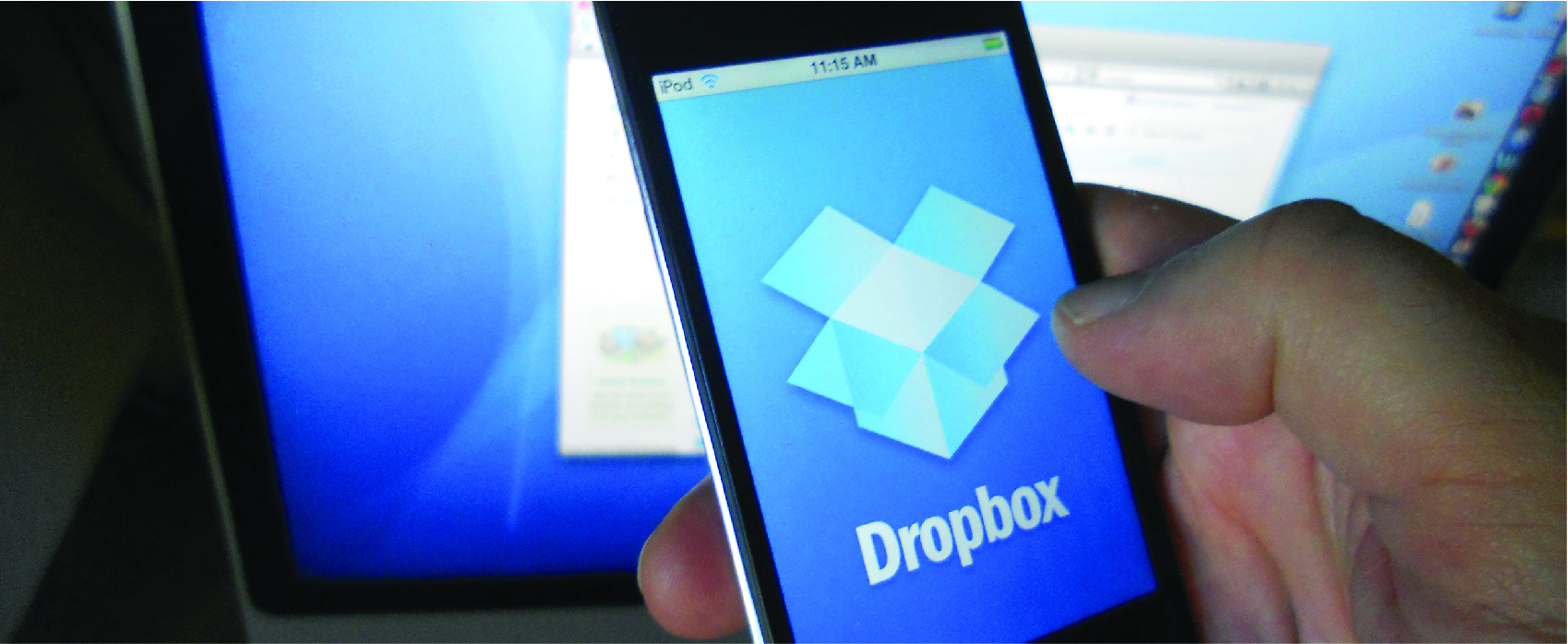10.0: Prelude to Launch for Growth to Success
- Page ID
- 53437

Dropbox, a company founded in 2007 by Drew Houston and Arash Ferdowsi, has revolutionized the way consumers and businesses store and share electronic files. The idea came one day when Houston—on a commuter train—realized he left his thumb drive at home. This was not the first time he had forgotten that tiny electronic filing cabinet, and he was sure others forgot often as well. So he hit on an idea: storing his files on a “cloud” on the Internet that anyone could access from anywhere with any device.1 He wanted to manage file storage at faster speeds and in larger quantities than the few existing online storage systems, through an easy-to-use interface. Although Houston came up with the idea of cloud storage during his commute, cloud computing had been talked about in industry circles a few years prior.2
Hopeful, he introduced his idea to Y Combinator, a venture capital firm in California that helps fund startups by hosting, training, and helping them define their pitches to investors. Even though they had rejected a business idea he’d presented earlier, they told him the new idea was promising and asked him to secure a co-founder before pitching. A co-founder would help to secure funding because it showed the idea had legitimacy, support, and the expertise of another person. Houston quickly found Ferdowsi, a fellow MIT student studying engineering and computer science.3 Together, they raised $1.2 million from investors, even though their prototype wasn’t fully functional. They then hired developers and engineers who created a more functional version that worked across most computer operating systems.
Dropbox was soon using lean startup principles, which meant releasing an early version to early adopters. Houston had a difficult time explaining the product to initial users, so he developed a video with a quirky narration to entice them. The early product release was a hit: In one day, their customer base increased from 5,000 to 75,000 users, who could also provide them with feedback for subsequent versions.
Thanks to its massive success, Dropbox was valued at $10 billion in 2014.4 However, some analysts believed the number was inflated as Dropbox’s competitors started gaining market share. The company continues to receive customer feedback to make the iterations necessary for better versions.


